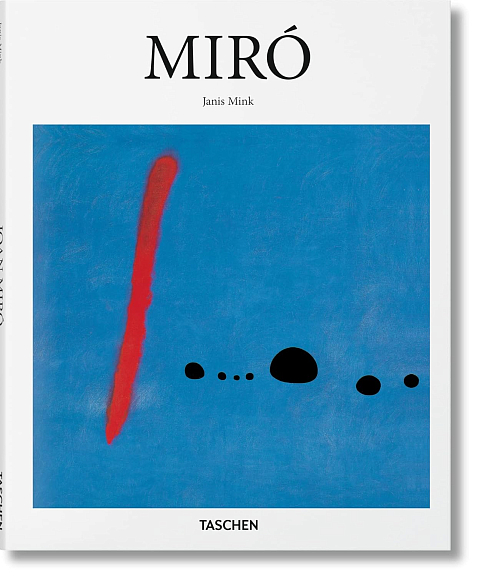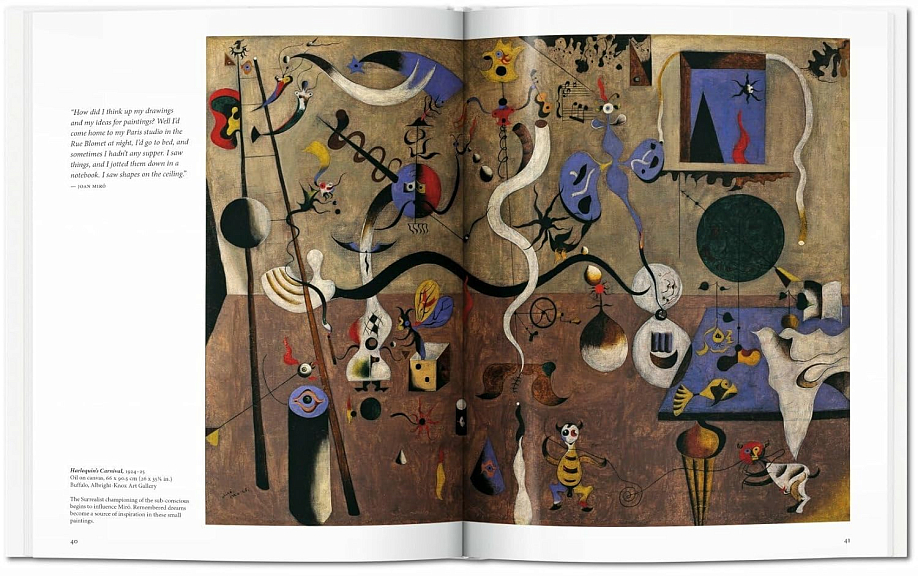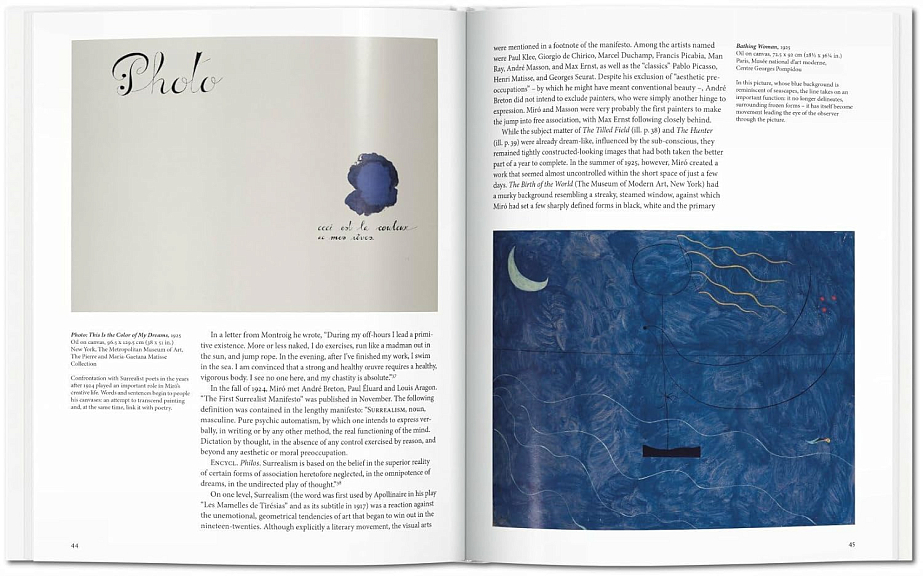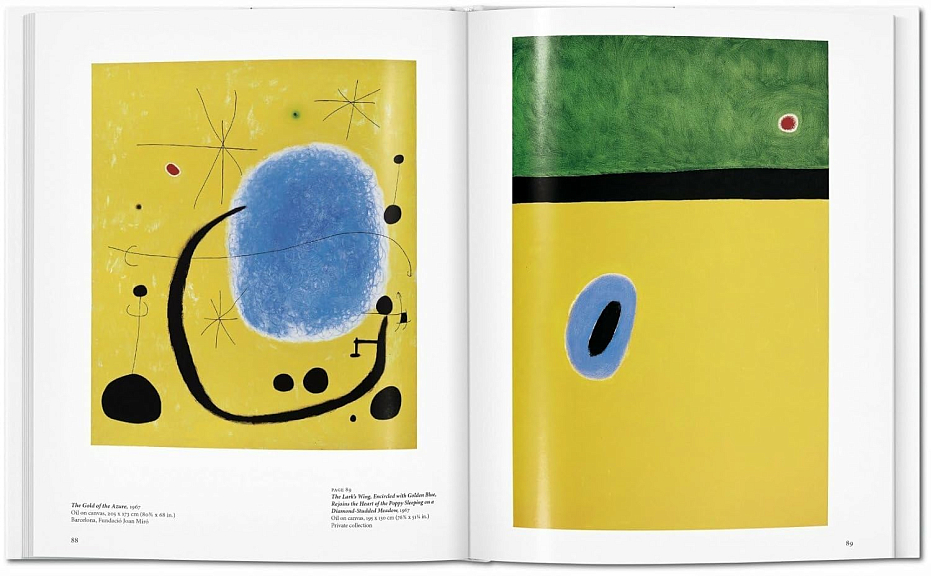-
Книги
- Нонфикшн
- Гуманитарные науки
- Деловая литература
- Естественные / Точные науки
- Книгоиздание
- Лайфстайл
- Словари / Энциклопедии
- Художественная литература
- Детектив
- Драматургия
- Классическая проза
- Мифология. Эпос
- Поэзия
- Собрания сочинений
- Современная художественная проза
- Фантастика. Фэнтези
- Биографии / Мемуары
- Графические романы / Комиксы
- Детские книги
- Воспитание. Педагогика
- Детский досуг
- О детских книгах
- Познавательная литература
- Художественная литература для детей
- Журналы / Зины
- Архитектурные
- Гуманитарные
- Журналы о моде
- Зарубежная периодика
- Искусство / Фотография
- Кино / Театр
- Лайфстайл
- Книги «Подписных изданий»
- Книги на иностранных языках
- Английский язык
- Испанский язык
- Итальянский язык
- Книги на иностранных языках для детей
- Немецкий язык
- Финский язык
- Французский язык
- Шведский язык
- Книги о кино
- Книги о музыке
- Книги о средневековье
- Книги о театре
- Книги о фотографии
- Книги об искусстве / Книги об архитектуре
- Альбомы по искусству
- Архитектура
- Декоративно-прикладное искусство
- Живопись
- Искусствоведение
- Орнаменты
- Прочее
- Танец
- Татуировка
- Творческое развитие
- Книги по философии
- Кулинарные книги
- Николай Солодников рекомендует
- Предзаказ
- Про дизайн / Про моду
- Путеводители / Книги о путешествиях
- Канцелярские товары
- Подарки
- Подарочные сертификаты
Адрес магазина: Санкт-Петербург, Литейный пр., 57
Miro
With a career spanning seven decades, Catalan-born Joan Miro (1893–1983) was a polymath giant of modern art, producing masterworks across painting, sculpture, art books, tapestry, and ceramics, and embracing ideologies as varied as Fauvism, Surrealism, Dada, Magic Realism, Cubism, and abstraction.
Over the course of his prodigious output, Miro evolved constantly, seeking to eschew categorization and the approval of ‘bourgeois’ art critics as much as he pursued his own dreamlike worlds. Emerging into the public spotlight in the early 1920s, he first experimented with Fauvism and Cubism before developing a distinctive style of symbols and pictograms, arranged in elusive visual narratives, with frequent reference to Catalan life. As his career progressed, Miro moved towards Surrealism, and, despite never fully identifying with the movement, emerged as one of its most celebrated practitioners with techniques including automated drawing, Lyrical Abstraction, and Color Field painting. In later years, he diversified his media further, working with ceramics, textiles, and even proposing sculptures made of gas.
Through his vivid colors, dreamlike fantasies, and enigmatic symbols, this book brings together the numerous strands of Miro’s kaleidoscopic oeuvre to introduce his fascinating career, its interaction with major modernist movements, and its making of a modernist legend.
Over the course of his prodigious output, Miro evolved constantly, seeking to eschew categorization and the approval of ‘bourgeois’ art critics as much as he pursued his own dreamlike worlds. Emerging into the public spotlight in the early 1920s, he first experimented with Fauvism and Cubism before developing a distinctive style of symbols and pictograms, arranged in elusive visual narratives, with frequent reference to Catalan life. As his career progressed, Miro moved towards Surrealism, and, despite never fully identifying with the movement, emerged as one of its most celebrated practitioners with techniques including automated drawing, Lyrical Abstraction, and Color Field painting. In later years, he diversified his media further, working with ceramics, textiles, and even proposing sculptures made of gas.
Through his vivid colors, dreamlike fantasies, and enigmatic symbols, this book brings together the numerous strands of Miro’s kaleidoscopic oeuvre to introduce his fascinating career, its interaction with major modernist movements, and its making of a modernist legend.
Подписка на рассылку
Раз в месяц будем присылать вам обзоры книг, промокоды и всякие-разные новости








